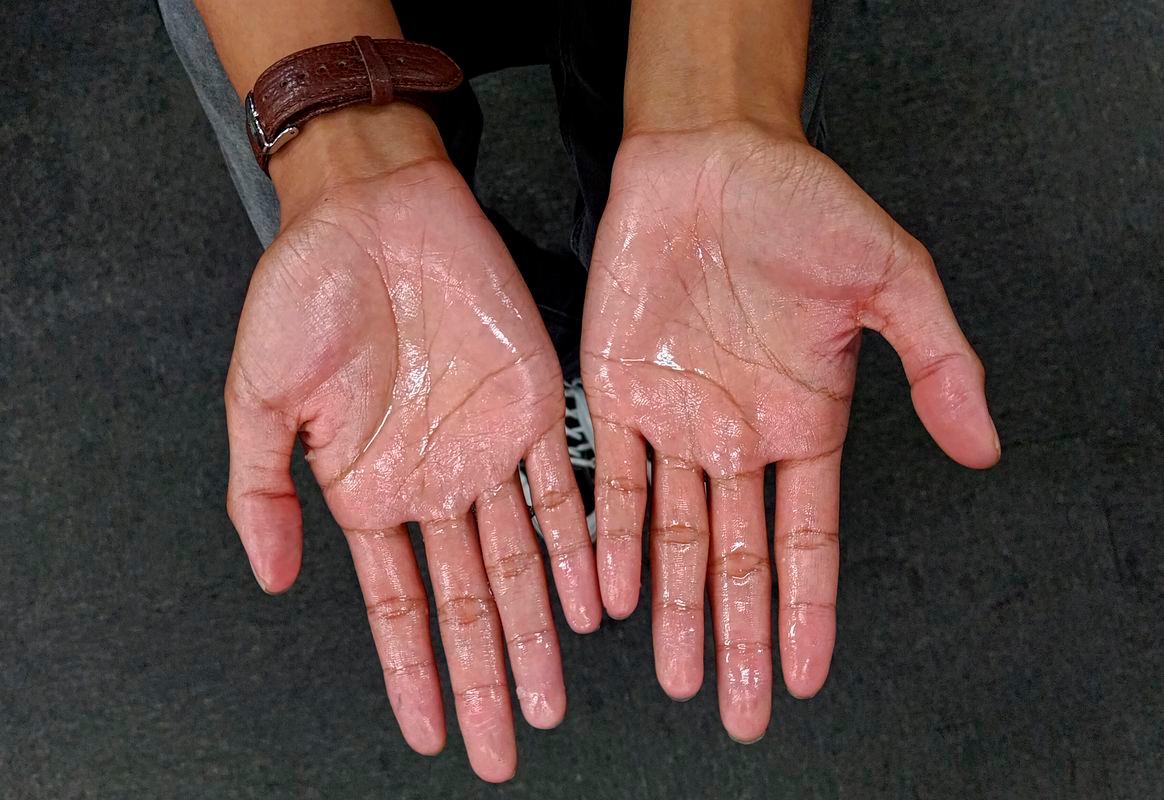PETALING JAYA: In Malaysia’s tropical heat, sweating is a fact of life but for some, it is a daily medical struggle drenched in stigma, silence and social discomfort.
Hyperhidrosis or excessive sweating, affects up to 3% of Malaysians but remains underdiagnosed and misunderstood, said Sultan Idris Shah Hospital internal medicine physician and dermatologist Dr Ishvant Kaur Sidhu.
“Most people don’t seek help until it disrupts their daily lives, when their fingers slip off keyboards or they can’t grip a pen properly,” she told theSun.
But beyond inconvenience, hyperhidrosis can deeply affect confidence, relationships and even intimacy.
“Some patients feel so embarrassed by constant dampness that they start avoiding social interaction altogether,” she said.
Ishvant explained the condition comes in two forms – primary hyperhidrosis, often hereditary and starting in adolescence, and secondary hyperhidrosis, which can be linked to medical issues such as thyroid disorders.
It typically affects the palms, soles and armpits, although some experience full-body sweating.
She said one major challenge is public perception.
“There’s a widespread misconception that people who sweat excessively are unhygienic. That couldn’t be further from the truth.
“Excessive sweating is a medical condition and does not indicate poor hygiene.”
However, constant moisture can create an environment where skin infections are more likely to occur, despite good hygiene practices, he added.
Treatment options vary, including topical antiperspirants such as Perspirex, iontophoresis (a non-invasive electrical current treatment), oral medication, Botox injections and, in severe cases, surgery.
But they are often temporary, costly and hard to sustain.
“Botox wears off after a few months, iontophoresis requires regular sessions and surgery is a last resort due to the risks,” she said.
Treatment costs can range from a few hundred to tens of thousands of ringgit, putting it out of reach for many.
However, social media has begun to change the narrative.
“More people are seeking help after watching TikTok videos or influencers sharing their experiences with hyperhidrosis treatments. But even then, many only mention it casually during appointments for other issues.”
She believes insurers should begin recognising the condition’s impact on mental, social and professional well-being.
“The toll on quality of life is real and often underestimated.”
Aesthetic dermatologist Dr Lim Ing Kien echoed these concerns, calling hyperhidrosis a “largely invisible” condition in Malaysia’s health landscape.
“Globally, up to 3% of people are affected and it’s likely the same here. But our hot, humid weather blurs the line between normal and abnormal sweating, so many don’t realise when it becomes a medical issue.”
He said the lack of awareness among the public and general practitioners contributes to late diagnoses.
“Many patients self-manage for years, only seeing a doctor after complications such as rashes or persistent infections.”
He said the red flags include sweating that interrupts daily life – soaking clothes, ruining documents or dripping in air-conditioned rooms.
“Night sweats without fever or suddenly needing to change clothes multiple times a day, are also signs.”
He advised seeing a doctor, especially if symptoms appear suddenly in adulthood or are accompanied by unexplained weight loss, fever or chest pain.
Genetics is a key factor, up to 50% of sufferers have a family history.
Lim also pointed to urban anxiety and secondary causes, including diabetes, thyroid disorders and side effects from certain medications.
Treatment is available in both public and private sectors.
The bigger issue, he said, is recognition.
“Hyperhidrosis isn’t listed in national health surveys. There’s no registry, no tracking. That limits funding, awareness and access to care.”
He stressed the condition’s wider impact.
“It affects how people choose their careers, how students perform in exams and even whether they participate in religious activities such as communal prayers or handshakes.”
While new treatments such as sofpironium gel and microneedle radiofrequency are being developed, Lim said public education remains the most powerful tool.
“Patients need understanding, access to care and support from schools, workplaces and families.”









